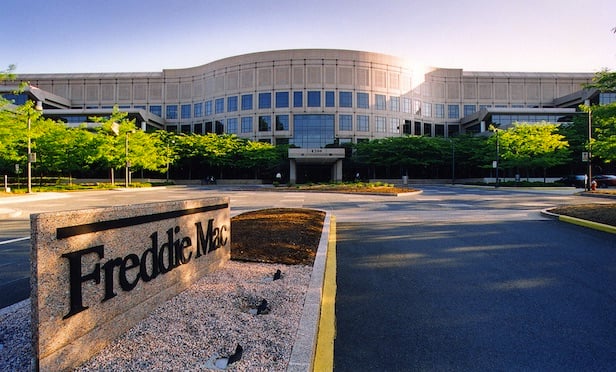However, sheer dollar volume does not tell the whole story, and RCA says the biggest concentrations of distressed assets are in "the expected places," including Las Vegas and South Florida as well as tertiary markets around the US. "There is no question that because New York City metro has the most expensive properties, it was going to represent a significant percentage of distress in the US on a dollar value basis," Dan Fasulo, managing director at RCA, tells GlobeSt.com. "That's why it's also important to put the distress into context with overall market size." A chart in the New York metro overview, one of eight such local "Troubled Assets Radar" market reports now available from RCA, places the region's submarkets well down the list in terms of distressed property as a percentage of the market total.
Fasulo observes that the velocity of properties going into distress has accelerated "as more owners decide to capitulate and hand property back to bank or agree to a fire sale. We are in the first phase of the distress cycle now and should be well into it by the second half of this year."
Office properties comprise about 55% of troubled assets in Manhattan and its suburbs, according to RCA. Nearly $7 billion of the New York-area assets measured by RCA fall under the "troubled asset" heading, compared to $63.9 billion of such assets nationally. Another $2.1 billion of local assets are experiencing loan restructuring or modification, with a total of $15.4 billion worth of assets falling into this category nationally. To date, only $77 million in New York City-area distressed assets have been taken back by lenders, compared with $7.6 billion nationwide.
Fasulo cites a number of patterns emerging with regard to how properties are falling into distress. They include ownership-level bankruptcies, notably General Growth Properties' Chapter 11 filing (http://www.globest.com/news/1390_1390/chicago/178115-1.html) earlier this month. Fasulo says bankruptcies "affect all assets of a real estate company, even the healthy ones" and stem mostly from overleveraging.
Another scenario entails property-level financing needs, where an asset is overleveraged, "and based on replacement refinancing available, would be under water," Fasulo says. Property level distress, including the bankruptcy of a major tenant, the owners' inability to lease vacant space and other cash flow problems, is also a contributing factor, he says. And lender distress can cause property or owner distress "when the lender stops funding property/development capital needs."
Broadly speaking, Fasulo says, "every case is different. But given how out-of-line some assets are financially--within the context of the current financing and fundamentals environment--I believe you will see a wave of owners decide to surrender their assets to lenders, as opposed to trying to hang onto an ugly duckling."
Want to continue reading?
Become a Free ALM Digital Reader.
Once you are an ALM Digital Member, you’ll receive:
- Breaking commercial real estate news and analysis, on-site and via our newsletters and custom alerts
- Educational webcasts, white papers, and ebooks from industry thought leaders
- Critical coverage of the property casualty insurance and financial advisory markets on our other ALM sites, PropertyCasualty360 and ThinkAdvisor
Already have an account? Sign In Now
*May exclude premium content© 2025 ALM Global, LLC, All Rights Reserved. Request academic re-use from www.copyright.com. All other uses, submit a request to [email protected]. For more information visit Asset & Logo Licensing.








